
Australia is the driest continent in the world with the least amount of precipitation (the average annual precipitation is only 455mm), and about two-thirds of the country is in arid or semi-arid areas, and almost all of Australia is often threatened by drought. At the same time, continued urbanization has made roads and buildings in cities increasingly dense, undermining the balance and sustainability of the city’s natural water cycle. In addition, the traditional rainwater management model aims to collect and drain rainwater quickly. The large flow and high peak of stormwater runoff exceed the drainage capacity of urban drainage facilities, resulting in frequent urban floods and floods. The Australian Federal Government has continued to reform the water industry since the 1980s, and Water Sensitive Urban Design (WSUD) emerged from the reflection of traditional urban development and stormwater management models.
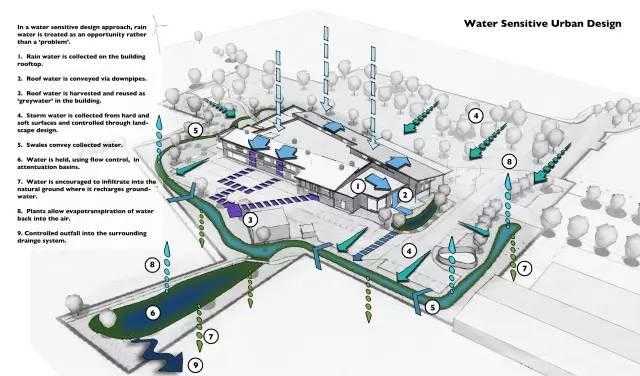
concept
Water Sensitive Urban Design, or WSUD for short, aims to integrate urban planning and urban water cycle management by combining urban planning and design with water, sewage, rainwater, and groundwater at different spatial scales from city to site. Combine and achieve optimization. This is similar to the “sponge city” that China is currently advocating. Water sensitive city design
Water-sensitive urban design places “water” at the beginning of urban design and runs through every step, allowing water use, storage and reuse to operate in a “sustainable” framework. Through high-quality planning and design, including rainwater treatment, sewage reuse, street green plant coverage, soft ground paving, biodiversity enhancement and so on. Water-sensitive urban design can organically link the natural water cycle, built environment and traditional groundwater system to create a safer and more efficient water circulation system, thus improving the city’s immunity to flood disasters. Water sensitive city design
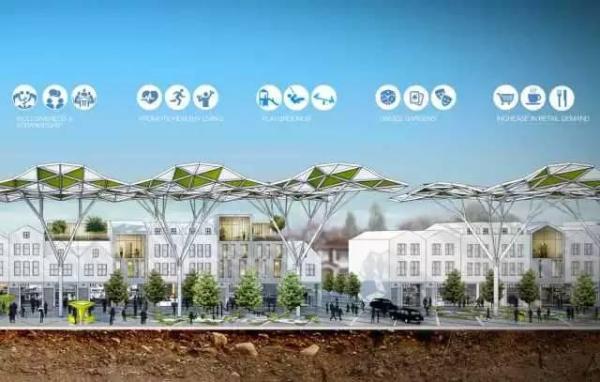
Adapt to local conditions
The Australian Water Sensitive City Joint Steering Committee provided water-sensitive urban design goals, principles and technical references as early as the national guide Evaluating Options for Water Sensitive Urban Design. For example, it is incorporated into the local legal bill and control system, not controlled by the Australian government. The design content is formulated by the state and local governments to respond to different situations in different regions and places, allowing them to have flexibility and adopting them in state or local jurisdictions. Their own legislation and regulatory tools, etc.
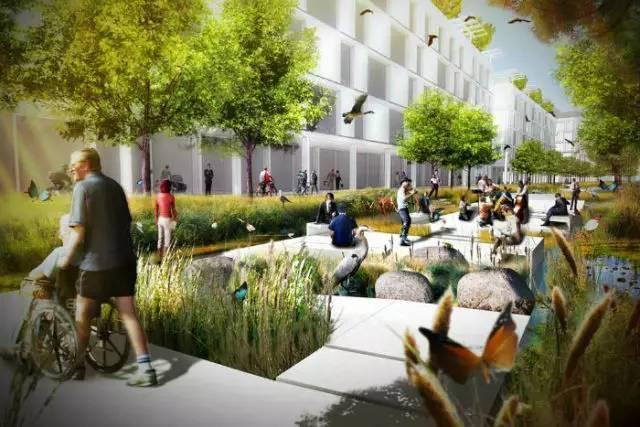
Water sensitive city design
way
The realization of water-sensitive urban design is divided into seven steps: water-sensitive urban design goal determination – best planning practice – best management practice – site planning and design – design evaluation – final site planning and design recommendations – detailed Review
Case
The Broadwater Waterfront Park on the Gold Coast of Australia combines demonstration landscapes, contemporary architectural forms and integrated environmental design, and has been transformed into an iconic gateway to the Gold Coast and a popular tourist attraction that combines activity, history and water to create A positive green beachfront. This former public space of a large parking lot is now a world-class Foreshore Garden.
Some of the park’s main features include: active lawns, bathing boxes, barbecues and play equipment, a central community pavilion, a wide walk and ride mesh system, a new press Zach Park, a new one over 100 meters The marina and the extremely popular ‘Rockpools’ (a boutique children’s water play space).
The environmentally sustainable and water-sensitive innovative design includes an urban wetland that purifies stormwater runoff before entering Broadwater, a photovoltaic panel that sets the shade shelter and power park lighting, a children’s water play space Use Broadwater’s salt water to reduce the use of valuable drinking water. The extensive end-of-stay facility here encourages alternative vehicles and a large amount of urban furniture made from recycled plastic.
The advanced rainwater management system uses ecological storage and urban wetlands to collect, filter and clean the rainwater in the park and the Nangang Central Business District. After treatment, it is discharged into the Broadwater waters as a supplement to the natural water cycle. It can reduce the amount of sewage by 90%; the rainwater in the paved area is diverted to the vegetation coverage area, which can not only irrigate, but also effectively separate the non-permeate area and the main line of the traditional drainage system, so that the urban rainwater has a negative impact on the Broadwater waters. Minimized; ecological reservoirs are permeable basins that filter rainwater through sandy soils to replenish groundwater; more than 20,000 mangrove seedlings are used to reshape the ecological environment and increase the diversity of coastal species.
Public space system combined with site hydrological characteristics
The layout of the public open space system of the site is usually combined with the layout of the site drainage corridor. This planning and design method that combines the rainwater management system with recreational facilities can achieve multiple benefits of social, economic and ecological benefits. The public spaces are connected in series as a rainwater buffer zone and also have a purification protection function.
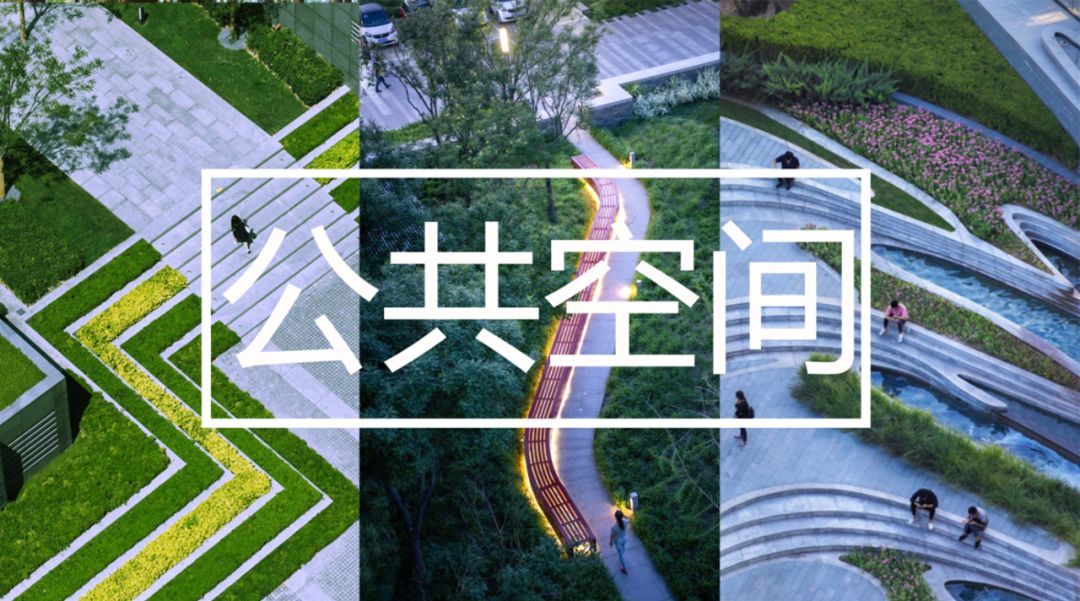
Victoria Park Rainwater Harvesting Treatment Facility
Victoria Park in downtown Sydney is a classic example of Urban Transformation and Water-Sensitive Urban Design (WSUD). The completed Victoria Park community is a 24-hectare integrated development that includes medium to high-density residential, commercial and retail facilities for 5,000 people. In addition to meeting the traffic functions, the road transportation system here is also the infrastructure for road surface rainwater collection and treatment. In addition to the common street trees, the road green belts are also covered with landscape plants that are covered with plants and capable of rainwater collection and infiltration. After passing through the filter layer of plants and gravel, the rainwater is first collected by water pipes and stored in community parks. The water storage system consisting of four ponds is treated by wetlands and finally reused as a water source for greening and waterscapes. . When the water surface drops due to evaporation, the automatic system is replenished with water from the storage pond.
The Victoria Park design concept embodies four key principles: the existing range of environmental strategies, natural wetland systems, site connectivity and community development. It shows how to combine the waterfront urban design and cultural design principles to build a higher density urban development zone. With its innovative water management system and its high-quality living environment, this project not only provides an entertaining community, but also restores and rebuilds the ecosystem of the region, which has become a typical case in Australia.
In addition, the rich and diverse leisure and recreation places set up by the waterfront have become an opportunity to attract people to experience the whole process of rainwater collection and recycling.
Summarizing the characteristics of the Victoria Park water-sensitive system, it is possible to establish a water-sensitive urban design based on the natural circulation process of the rainwater by establishing a link between the urban road infrastructure and the park green space system, thereby achieving rainwater harvesting, regulating drought and flood, and reducing A variety of objectives, such as surface runoff, water purification, and the provision of diverse habitats, have found a sustainable landscape approach.
Water-sensitive city design (WSUD) has a commonality with the construction of sponge cities that are being vigorously promoted in China. Australia’s choice of measures for WSUD, the construction of the promotion path, and the government’s management and control model have important reference significance for the construction of sponge cities in domestic cities including Guangzhou.
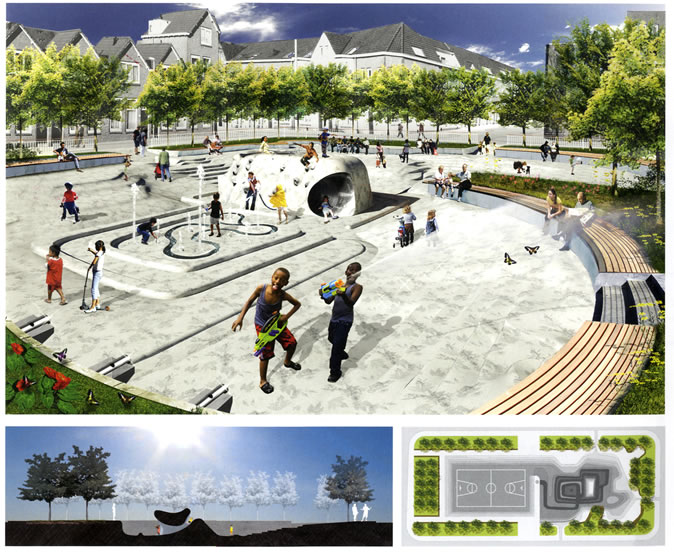
1 Planning first, focusing on basic technology research

Australia’s work to advance WSUD follows the planning lead and the technical path.

The South Australian government issued Water for Good, A plan to ensure our water future to 2050, as a medium- and long-term plan for water management in the state, setting out specific targets and indicators for the state’s WSUD work. The Water Sensitive Urban Design Technical Manual issued by Adelaide provides detailed technical guidance on the design of water-sensitive urban design in local development and construction projects, and provides a series of case studies on bioretention and wetland systems. The results are for the designers to learn from. These complete top-level designs have played a very good guiding role in the systematic implementation of WSUD in the whole society, and also played a good reference for our comprehensive and effective promotion of sponge city construction in Guangzhou.
Including the University of South Australia, a series of universities, research institutes, and water companies are conducting extensive research on local climate, rainfall, soil, hydrology (including river basin groundwater), water environment, animals and plants, and even applied science. In-depth research has formed the basic support for the aforementioned planning and technical documents. This is also worthy of reference and strengthening in the construction of sponge cities in China.
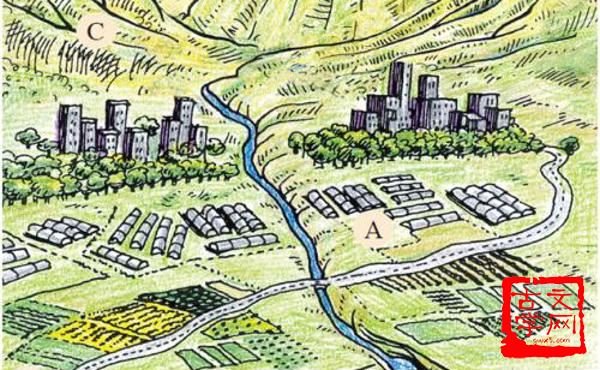
2 Choice of measures according to local conditions
From Adelaide to Sydney, whether in Mawson Lakes, Victoria Park, or Pirrama park, Australia’s choice of water-sensitive measures (with domestic sponge measures or low-impact measures) in WSUD design work is based on local conditions. . The final water sensitivity measures are the result of a comprehensive trade-off after considering the climate, rainfall, topography, landform and site use of the project site.
The Mawson Lakes campus wetland and water storage settings make full use of the campus’s open site conditions and undulating terrain. The water recycling project of Sydney Park also fully utilizes the topographical conditions of the “soil mounds” of the original landfills, the high and low levels of landfills, and the four wetlands are connected in series from high to low, and the surrounding rainwater is injected along the way. The tail water of the plant is injected at the highest point in the southern end. During the natural flow of the water, the wetlands and animals acquire nutrients and food, and the water is purified. In the meantime, the construction and purification functions of the wetland landscape and the natural environment are organically integrated. The greenway and waterfront plank roads set up throughout the whole process will introduce pedestrians and tourists into the project space, and the logos and panels introduced with the relevant concepts of water-sensitive cities will make the project reach water resources. While managing this core goal, it also achieved three main goals: landscape and habitat, and science education.
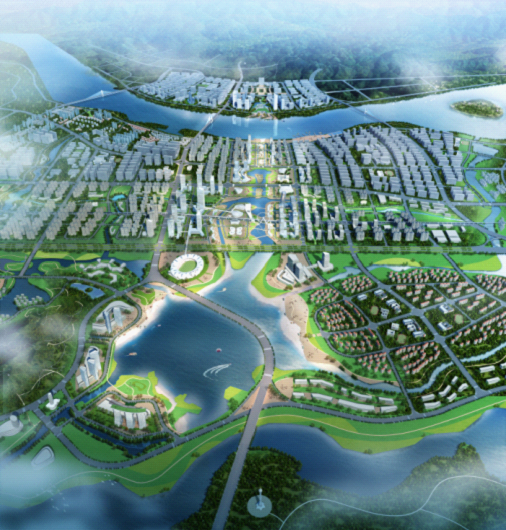
3 Ecological priority, green and low carbon landscape construction concept
Australia’s WSUD landscape design demonstrates its extraordinary charm with innovative art forms. The design surveyed the entire site before the start of the project. They used the existing conditions and features of the site to design. Whether it was inside or outside the garden, the design team would fully respect and fully utilize the local ecological environment. Their creative inspiration is fully displayed in a variety of landscapes.
Of course, this is inseparable from the Australian federal government’s leadership in urban construction. The whole country advocates a “green” economy, has excellent environmental performance and a new “green” industry to promote economic growth. China’s current development of sponge cities can refer to Australia’s experience and practices, through the construction of a green infrastructure network to reduce carbon emissions, and the combination of infrastructure and open space to create a green ecological habitat.
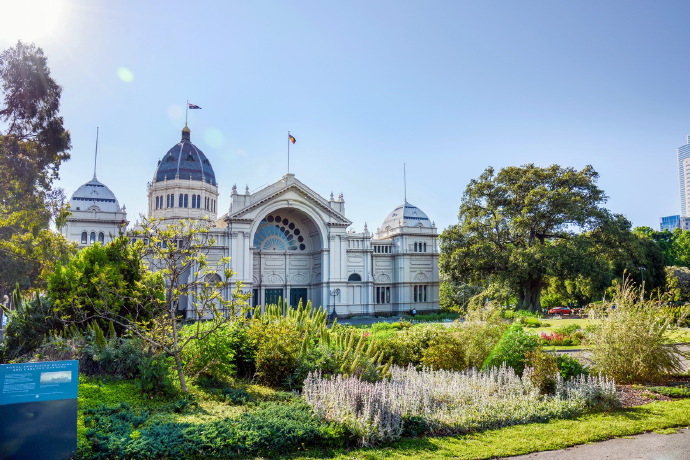
4 Plant selection localization, focusing on functionality
In the plant selection of WSUD, the functional requirements are very prominent. In addition to the high local survival rate, Australia’s various gardens and green spaces have their own stable plant collocation system. They also introduce aquatic native non-invasive Australian native plant varieties according to garden features, as well as local plants in various cities. Plant diversity provides a superior ecological environment for animal and human activities, making the entire biosphere sustainable. Benign development.

5 Focus on the reuse of water resources
WSUD is based on the historical background of climate change in Australia and the lack of water resources. The actual implementation process is particularly focused on the reuse of water resources. Every water sensitive facility is equipped with considerations or devices for the reuse of filtered and purified water, reminding us of the preciousness and hard-won of water resources. For Guangzhou, which claims to have abundant water resources and actually “water shortage”, how to properly use the treated water is a proposition that requires everyone to work hard and work together.
6 Construction work in some areas is limited by private property rights

The design of water-sensitive cities such as Adelaide has been carried out very well, which has played a very good role in promoting the environment in terms of protecting the environment, saving water and improving water resources. However, from the perspective of the entire society, the government’s leading role in the transformation and construction of sub-standard areas is not strong enough.
In the objective atmosphere in which private property rights are strictly protected, respecting private property rights brings about a situation in which private property is redesigned and updated, whether water-sensitive design is adopted by the owners according to their own preferences rather than universally, although the government has Certain incentive measures, but may not be able to impress the private owners; if further strengthening the government’s regulation and control, the introduction of local regulations, strict regulations on private property construction programs need to integrate water-sensitive design, can maximize the protection and utilization of water resources in the entire society. Taking into account the characteristics of ownership that is more conducive to the concentration of power in the country, there is reason to believe that the government will play a stronger leading role in the process of promoting the construction of the sponge city in China, and the effect will be more significant and effective.
